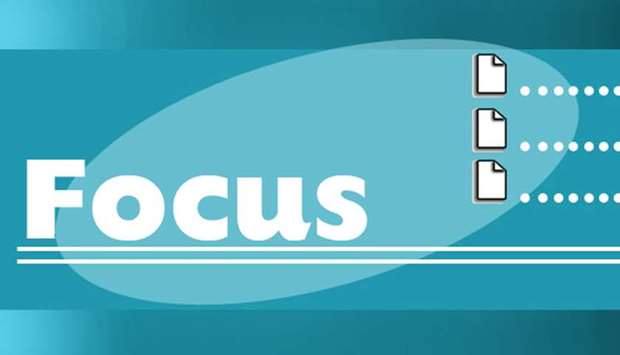Referring to the prospective plans of Qatar and other Gulf countries in tapping the fixed income market, Kamco said these countries look at ways to finance their respective investment plans and plug budget deficits.
“The GREs (government related enterprises) are increasingly tapping the international bond markets and this new trend is expected to see noticeable growth in 2018,” it said.
Finding that fixed income issuances in the GCC (Gulf Cooperation Council) in 2017 saw one of the biggest jumps since the financial crisis with growth recorded in both bonds and sukuk markets; it said it was a record year for the GCC countries as sustained low oil prices coupled with rising budget pressure at home as well as infrastructure spending needs triggered some of the biggest issuances in the region.
International credit rating agency Standard and Poor’s estimates infrastructure spending of around $120bn-$150bn in the GCC until 2019, which would require funding, and most preferably through bonds and sukuks due to liquidity pressure on regional banks.
Additionally, the GCC also faces refinancing needs of $23.6bn in corporate capital market debt due between 2017 and 2019 that could come under pressure of refinancing risk given the ongoing geopolitical uncertainties in the region and hence making bonds and sukuks as the preferred choice of funding infrastructure projects.
Furthermore, with five more rate hikes expected over the next two years as indicated by the US Federal Reserve and the possibility that of most of these rate hikes would trickle down to the GCC, corporates as well as governments are keen on locking in lower rates for long-term funding requirements.
“During 2018, we expect Islamic issuers to focus on sukuk market as the outlook for Islamic banks continues to remain weak given weaker economic growth rates especially in the GCC as well as pressure on liquidity due to declining oil deposits, although some trends point out to mild improvements,” Kamco said.
Some of these retail Islamic banks are also expected to tap the sukuk market in 2018, it said, adding product innovation and narrowing of spreads over conventional bonds are also factors pointed out by Moody’s that would lead to higher sukuk issuances this year.
“A need to diversify financing mix by governments as well as increase the fiscal space by some of the GCC sovereigns will continue to make them active in the sukuk market in 2018,” it added.

